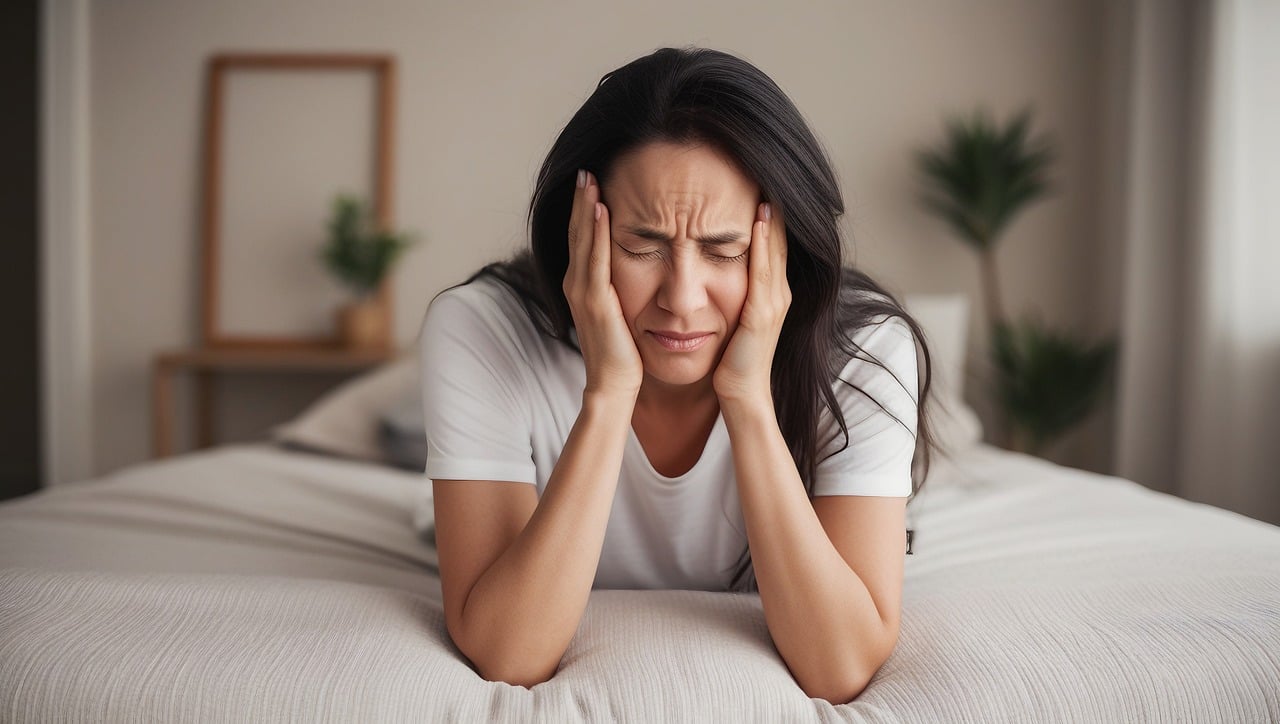Understanding Migraines
With an estimated global prevalence of about 1.1 million, migraine is one among many types of headaches. It exhibits female preponderance and typically presents as a unilateral throb which tends to recur and last for hours or days, impairing a person’s daily activities.
It may be accompanied by other symptoms like nausea, vomiting, flashes of light, altered sensitivity to smell and noise, fatigue, and mood changes. During a migraine attack, some or all of these symptoms may co-exist. Both the symptoms and triggers of migraine differ from person to person.
Causes and triggers
A number of things, referred to as triggers, can cause or raise the likelihood of a migraine attack. These differ for each individual. A trigger typically results in changes to the electrical and chemical processes in the brain, which irritate the nerves and cause headaches.
Some of the triggers include, physical and mental stress, disturbed sleep, weather conditions, certain odours or fumes, dehydration, alcohol, caffeine, cheese, inadequate food intake, hormones, chocolate, tobacco, sudden loud noises, previous head injuries and motion sickness.
Types of migraine:
- The most common type of migraine is the one that occurs without aura.
- Interestingly, migraine is about the only type of headache which in some individuals may be accompanied by an aura, termed as classic migraine. An aura refers to the sensory changes that include flashes of lights, seeing zigzags or blind spots or pins and needles sensation in extremities or face and speech disturbances.
- Migraine with brainstem aura includes at least two of the following symptoms: slurred speech, tinnitus, hearing loss, fainting spells, involuntary movements, diplopia and vertigo.
- Recent studies have implicated that there is a significant genetic changes at the molecular level in neurovascular tissues that aid migraine classification and also share genetic factors with co-morbid conditions like depression and hypertension. These alterations may lead to hemiplegic migraine, the most severe and rare type, characterized by temporary unilateral paralysis which lasts for several days. Other symptoms like disturbed speech, vision and swallowing reflexes may co-occur. However, these symptoms may begin before the headache and stop shortly thereafter. If this disorder runs in families then it is termed as familial hemiplegic migraine.
- Retinal migraine occurs when visual symptoms like temporary loss of vision dominate, especially involving only one eye along with the typical unilateral pounding headache.
- A migraine episode is considered chronic if it becomes more common, lasts for at least 15 days each month, with eight of those days exhibiting migraine symptoms, and lasts for three months.
- Menstrual migraines typically occur in people who menstruate around the first day of their cycle in at least two out of three cycles. A low estrogen level is implicated in its cause. Symptoms are not limited to the first day of the cycle and can therefore occur at any time during the month (menstrually-related migraine). This may be characterized by pulsating unilateral headache with or without aura, nausea, vomiting, phonophobia and photophobia.
Symptoms:
The physical, emotional and cognitive symptoms of the disorder occur in phases as follows:
Prodrome: marks the onset of the attack and can last for hours or days. Food cravings, excessive urination, uncontrollable yawning, inexplicable mood swings, and fluid retention are some of its symptoms.
Aura: is characterised by heightened tactile sensations, visual and speech disturbances and muscle weakness. Symptoms begin anywhere from ten minutes to an hour but not more than an hour, before the headache begins.
Headache: may start suddenly or gradually and get more intense with time. Concurrent symptoms can be nausea, vomiting, blurred vision, hypersensitivity to light, smell and sound, confusion and lassitude. Oddly, migraine can occur without a headache, instead symptoms like vomiting, nausea, constipation and visual disturbances prevail. This state may last for days.
Postdrome: after a migraine attack, the person may experience exhaustion, brain fog, dizziness and mood swings. Full recovery from migraine attack may take up to two days.
Management and treatment:
Migraine diagnosis can be challenging for the unversed, but keeping a headache diary provides a detailed history to a doctor, and additional tests may be necessary for suspected co-existing conditions.
Treatment involves a comprehensive approach and is individualized. It encompasses medical and non-medical therapies aiming at alleviating the headache and reducing its frequency in future.
For acute attacks:
Standard treatment includes triptan drugs like zolmitriptan and sumatriptan.
Other beneficial drug-groups such as ergot derivatives e.g. ergotamine, CGRP drugs like atogepant, OTC medicines such as analgesics and anti-emetics help in relieving associated symptoms.
Those experiencing headaches every fortnight might benefit from botulinum toxin type A.
Prevention and long term care:
• Pharmacological treatment employs broader drug-categories like anticonvulsants, calcium channel blockers, beta blockers and antidepressants.
• Non-pharmacological treatment: incorporate lifestyle changes, diet modification, relaxation/meditation and exercises, CBT, fixed sleeping pattern, acupuncture, hydration, supplements like magnesium and riboflavin and omitting certain medications.
Impact of migraine on daily life
This debilitating illness can affect an individual’s personal, social and professional life. Excessive stress may lead to anxiety and depression if left unaddressed and therefore a supportive network of understanding friends, family, doctors, therapists and colleagues plays a crucial role for the patient.

